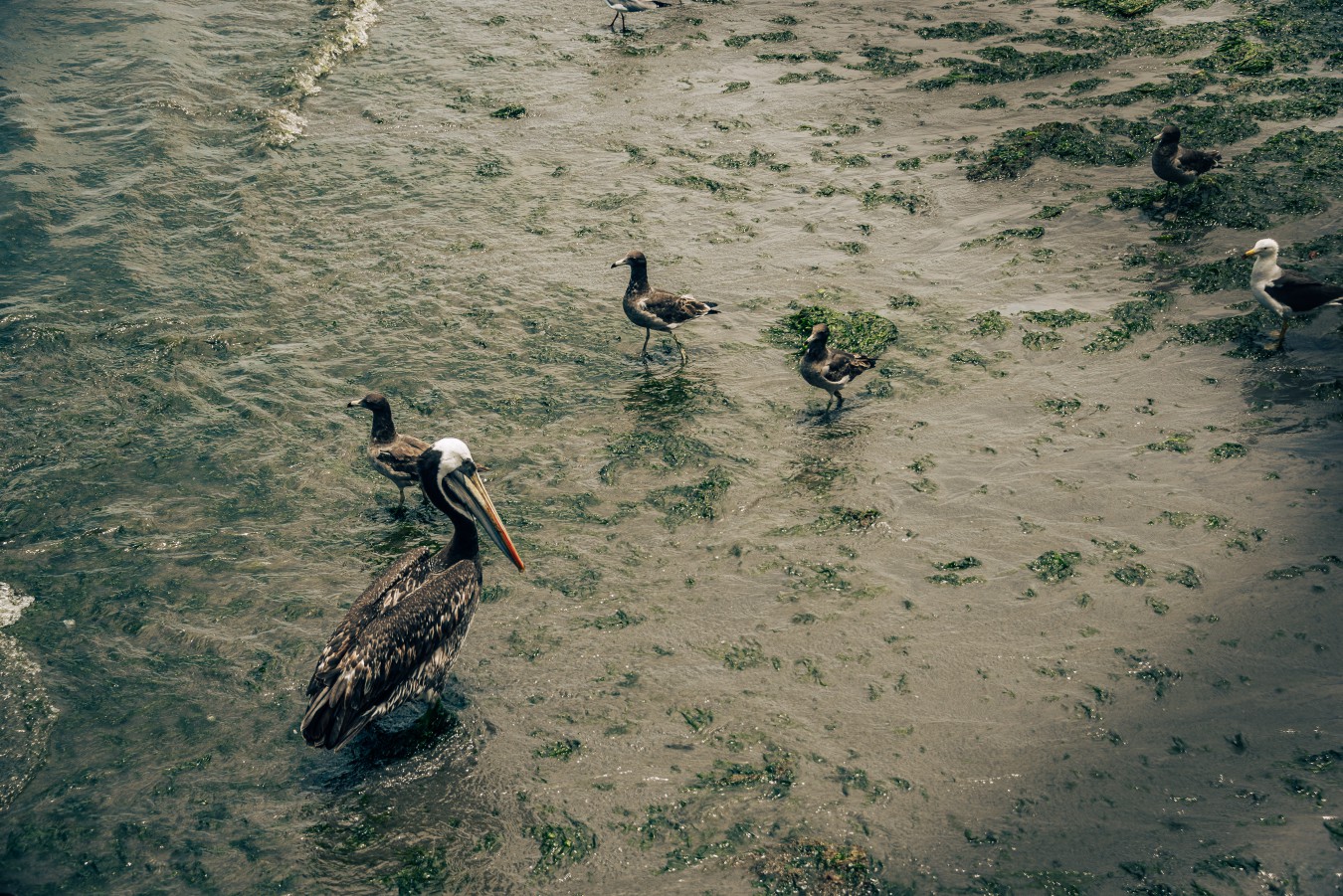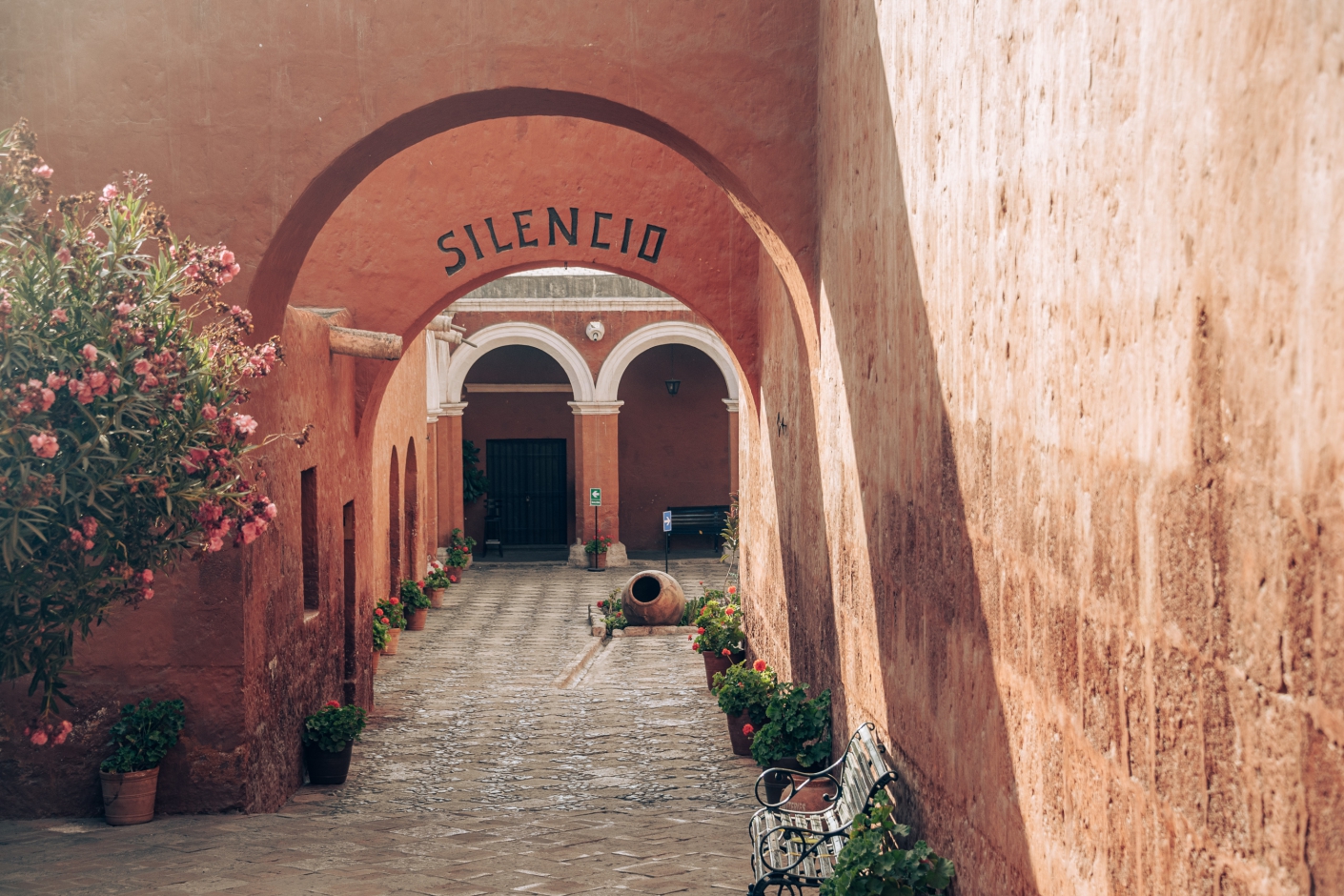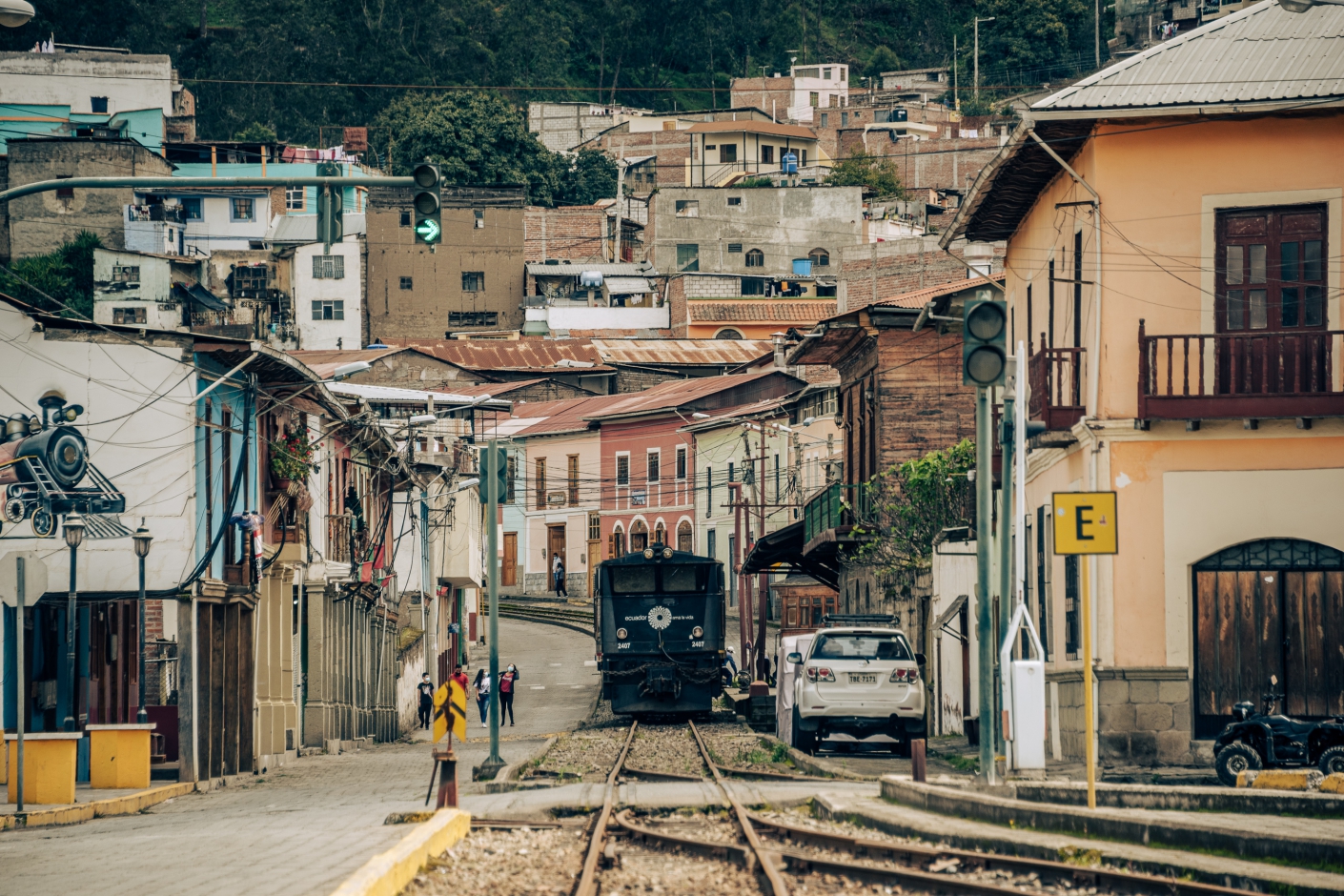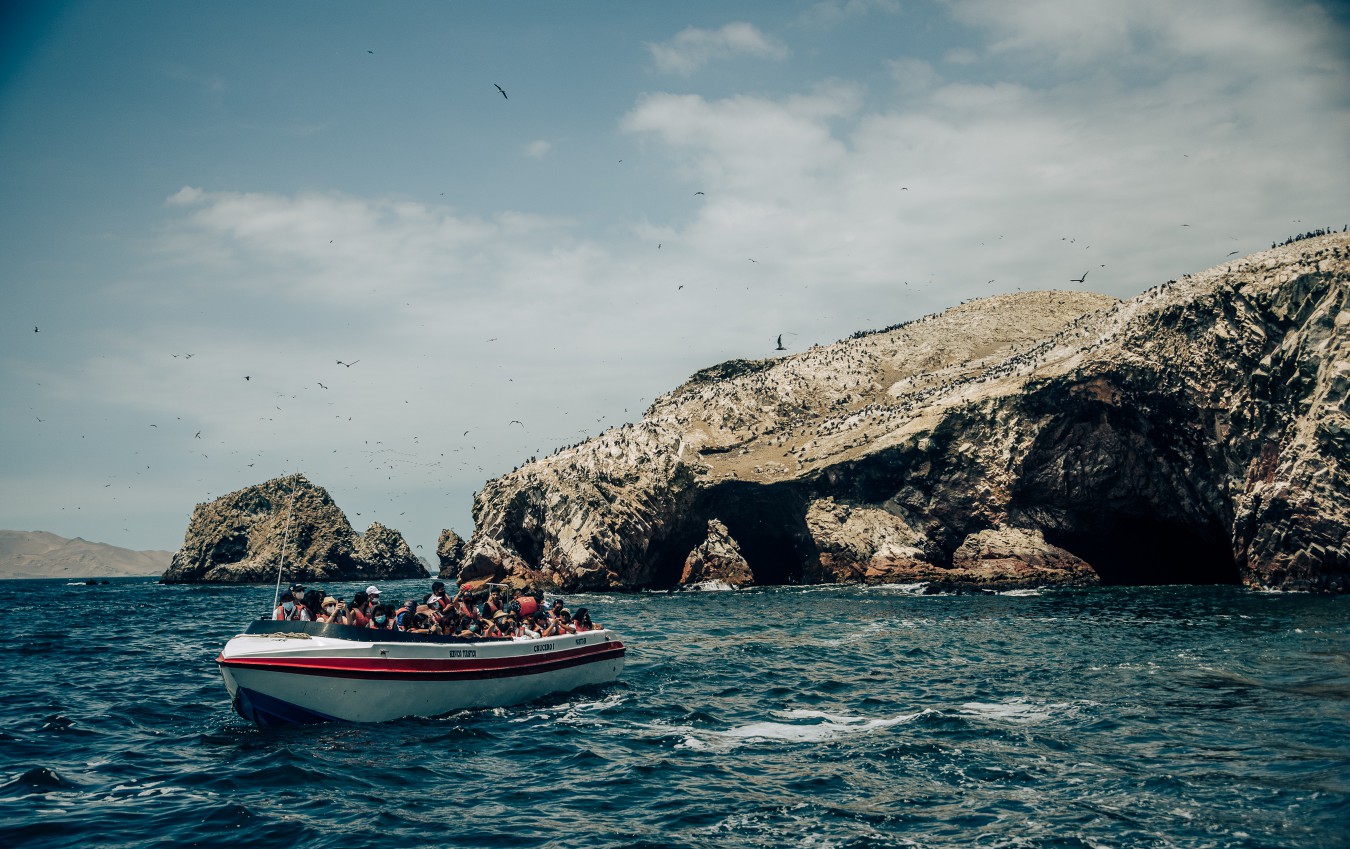


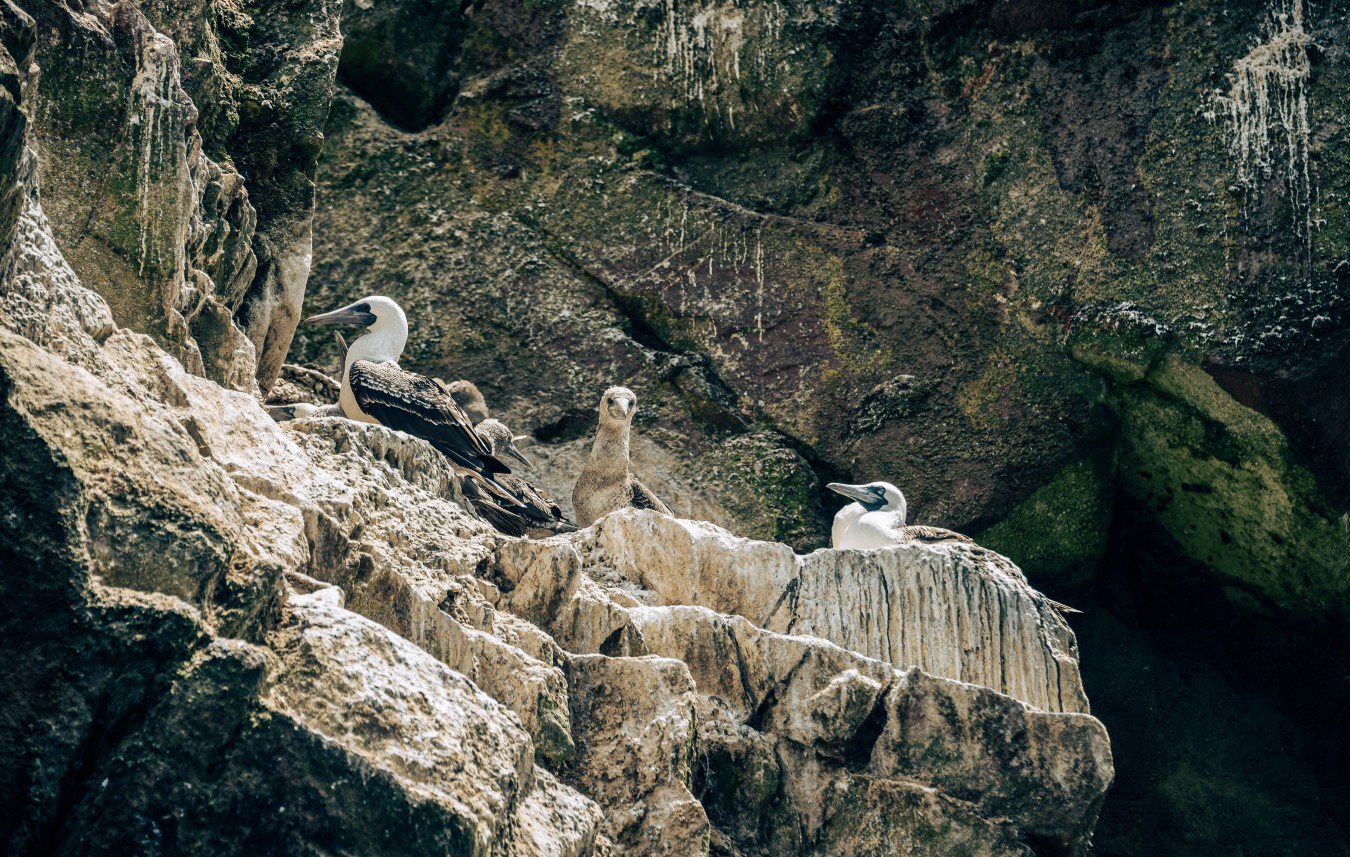
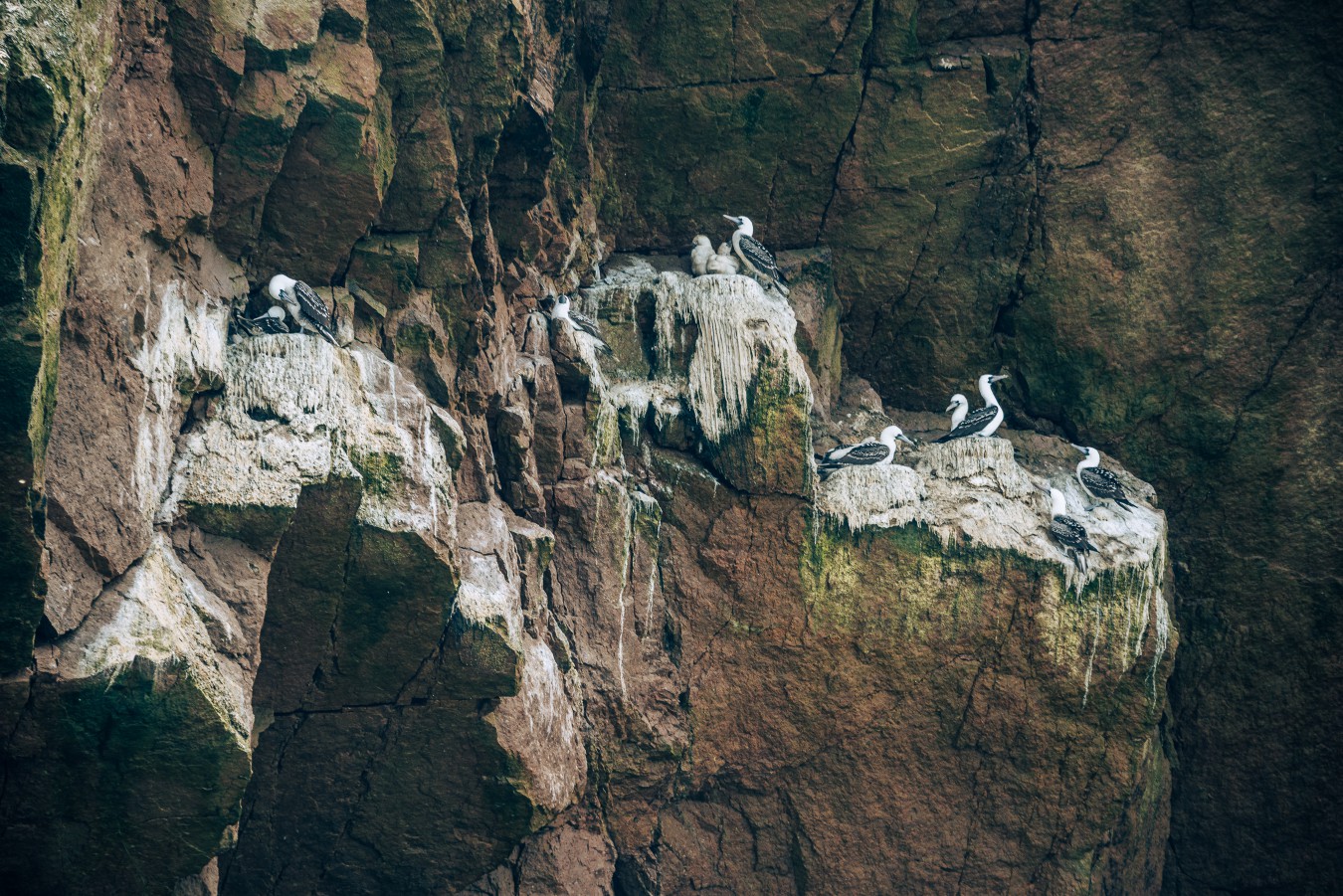

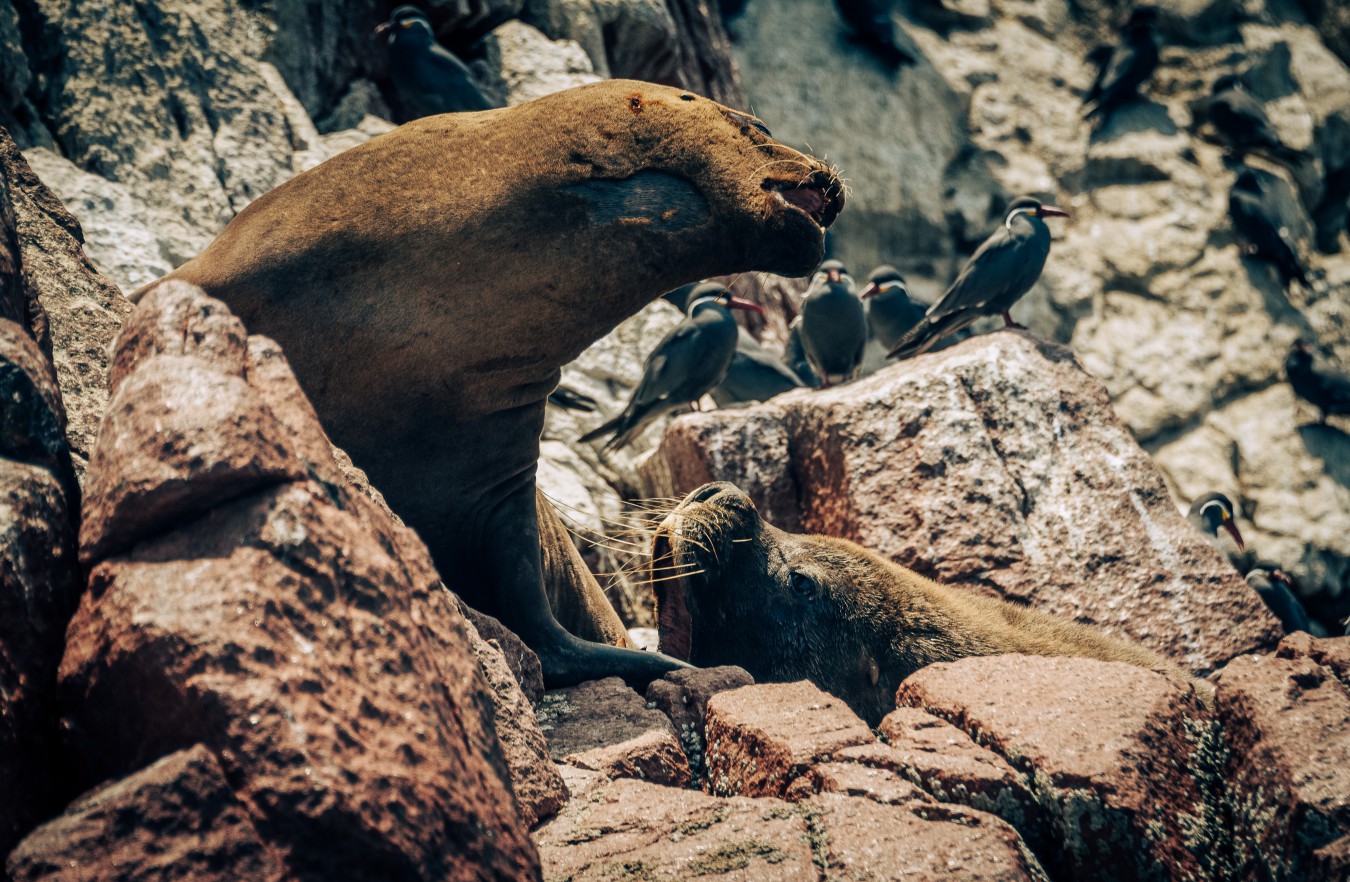
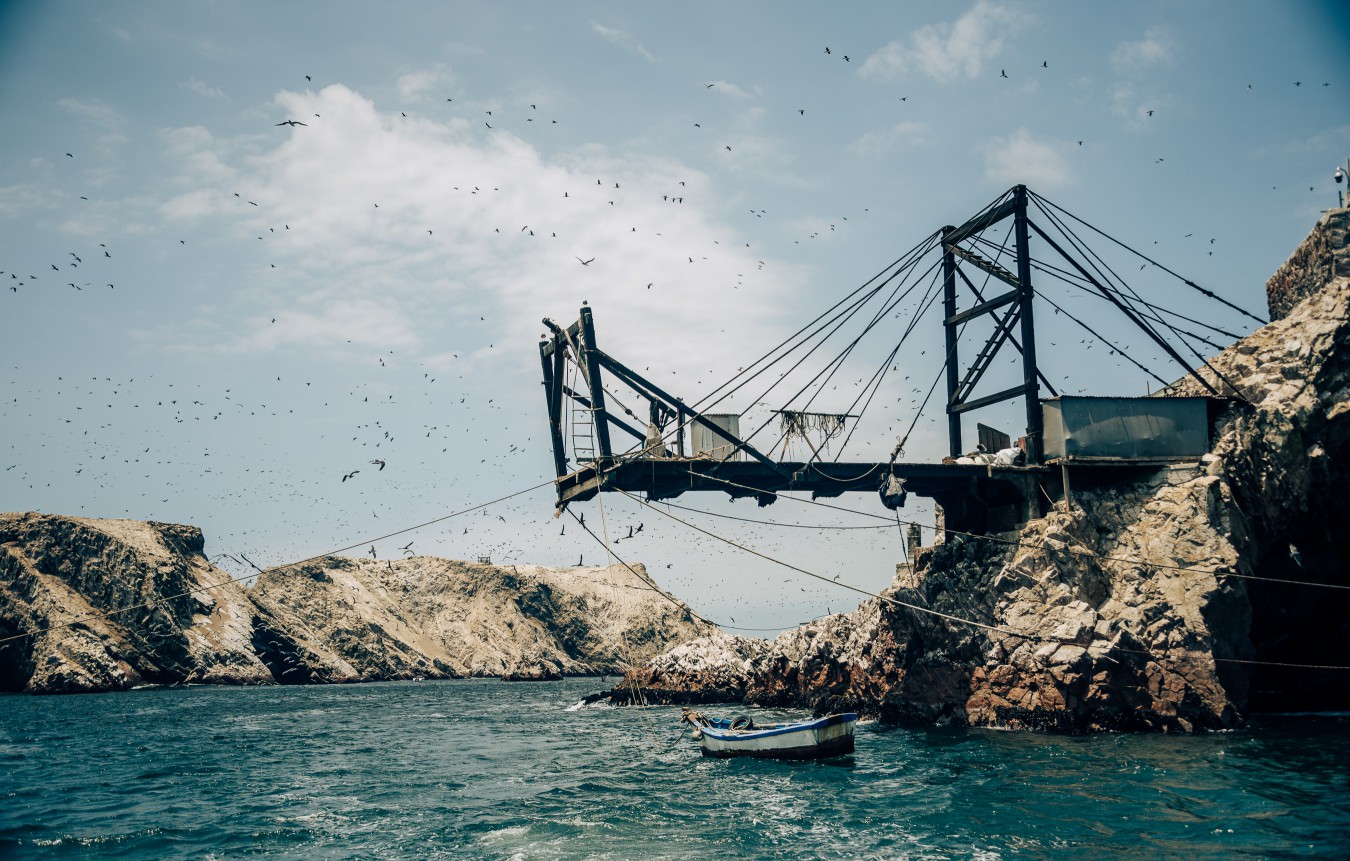
Islas Ballestas.
Guano Mining - Since time immemorial, seabirds have deposited their guano on the Ballestas Islands and other isles of Peru. And since the time of the Incas, this guano has been used as a fertilizer. From the mid-1800s to the early 1900s, guano became a valuable global commodity and mined extensively on Peruvian islands. Peru stuffed its coffers, but the delicate ecosystem that sustained the seabird population suffered significant damage.
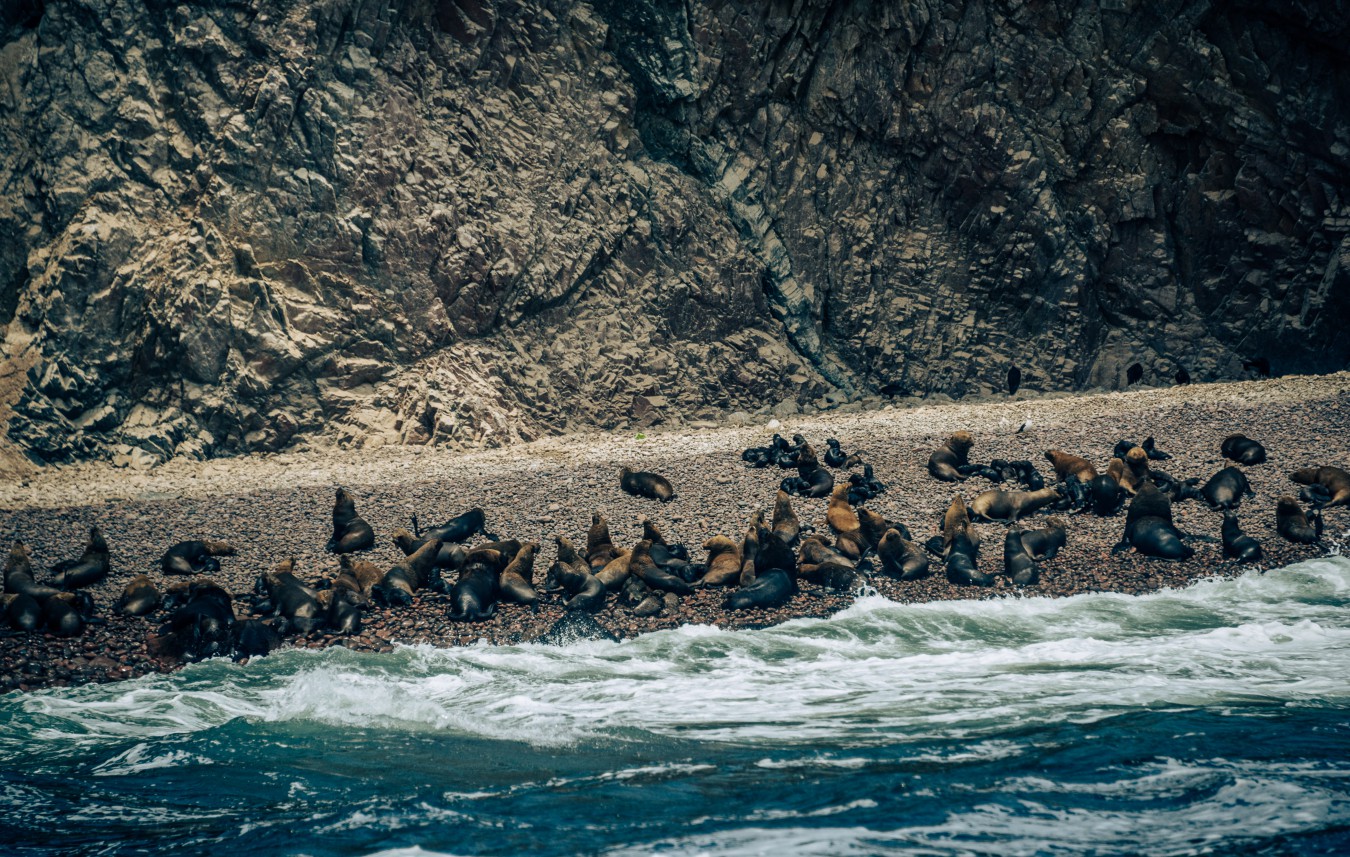
Islas Ballestas.
Also inhabiting the islands are South American fur seals. Gray or tan and smaller than sea lions, fur seals prefer to lounge on rocky shores where cliffs provide shaded areas. Females are much smaller and typically weigh between 65 and 130 pounds (30 and 60 kg). Male South American fur seals weigh up to 440 pounds (200 kg).
